Valve wheel wrench length and grip size impact available leverage, ease of use, and compatibility with handwheels
It’s surprising just how much effort can go into turning a wheel. In refineries, along railways, and in other environments where using hand-operated valves is par for the course, awkwardly placed or worn-out valves combine with cramped spaces to create truly back-breaking (or at least muscle-straining) scenarios. Enter the valve wheel wrench.
A valve wheel wrench that’s properly sized—both in terms of head size and length—can make these labors easier, reducing injury rates while boosting efficiency. For more on the principles underlying valve wrench selection, and examples from various industries, read on.
You can also view our selection of valve wheel wrenches from Gearench now.
Handwheels—found on a wide range of valves—can have steep physical costs for users
Valves start, stop, and throttle the flow of various materials—semisolids, liquids, and gases—moving through pipes. They achieve this control in one of two main ways: either they’re operated by hand, or they rely on air, water, electricity, or springs for movement. (And some types even combine these manual and mechanical means to control flows.)
Manual actuators—the devices with which human hands operate valves—move the valve’s stem or spindle. In turn, the stem or spindle causes a gate, disc, or another valve component to move into or out of the path of flow.
One common actuator for most valve types is a handwheel. Operators rotate these wheel-shaped devices by gripping a built-in handle or the wheel’s rim. While many such handwheels have a series of spokes between the rim and the center, others may consist of a single dish or bowl-shaped piece.
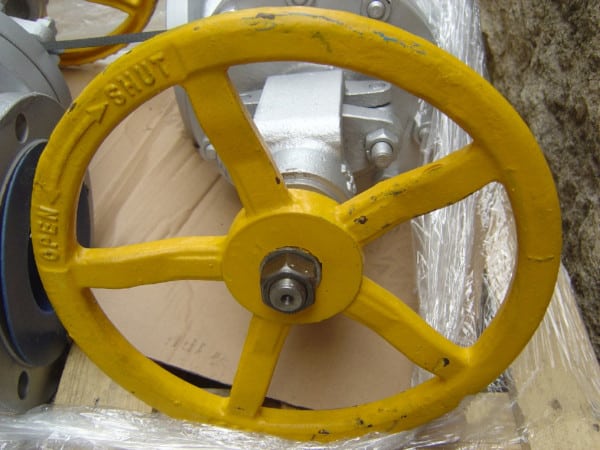
Most such handwheels should rotate with relative ease—yet opening or closing them is a common cause of injuries for workers in petroleum, power generation, waste processing, and other industries. A surprising proportion of shoulder, lower back, and neck injuries among process operators and refinery workers are due to work with valve handwheels.
Although it’s counterintuitive, these injuries may be even more common when using large handwheels designed to make valve operation easier. An increase in the wheel’s diameter results in a decrease in the force required to rotate the valve’s spindle. But this advantage comes at a price: the valve operator will need to move his or her arms over greater distances, and those large, repetitive motions can gradually lead to stress injuries.
With basic principles in mind, valve wheel wrenches can make handwheel operation safer and easier
A valve wheel wrench reduces the force required to open or close a valve with a handwheel. In short, wrenches like these provide leverage or mechanical advantage, multiplying the force the handwheel applies to the spindle. The length of the handle is critical: a long handle provides greater leverage than a short one, making it easier to operate a jammed or especially large valve.
However, a longer wrench isn’t always a better wrench. Smaller wrenches may be significantly more portable and lighter, depending on the materials used to make them. And some large wrenches may be impractical in crawlspaces, machine rooms, and other locations where space is at a premium.
To allow users to make the most of their leverage, valve wheel wrenches also have a slip-resistant design. On handwheels, ordinary wrenches tend to lose their grip at the worst possible moment—just as users push their hardest. But valve wrenches wrap around the handwheel’s rim (and even grip the spokes) to ensure that the wrench (and the force) stays on the handwheel.
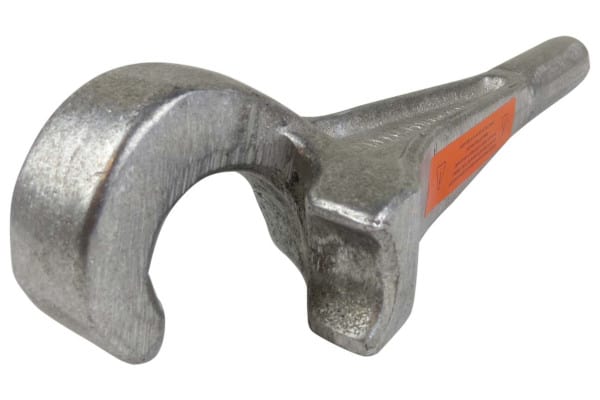
In a study published in 2012, the Department of Construction Management and Industrial Engineering at Louisiana State University compared standard valve wheel wrenches to other methods of handwheel use, including bare hands. Measurements of participants’ muscle activity found that wrenches proved noticeably less taxing to the arms and upper back and, in some cases, even felt less exhausting to use.
Rim size and necessary leverage help to determine the needed wrench size
Rim/grip size
The most important thing to know when sizing a valve wheel wrench is the thickness of the valve wheel’s rim. For a rounded rim, the opening or grip at the wrench’s end must be larger than the rim’s diameter. For angular or square rims, the end of the wrench must be large enough to slide all the way on.
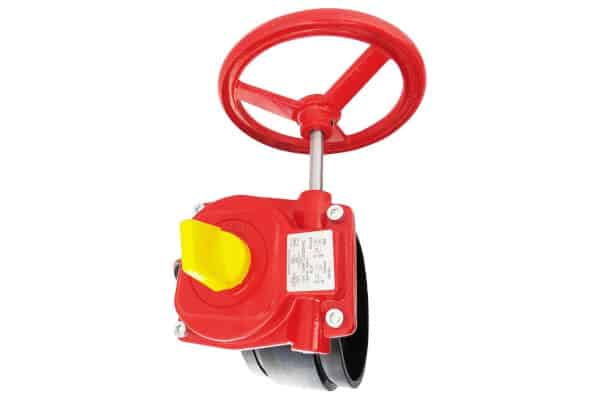
In theory, there’s no upper limit for the size of a valve wheel wrench’s head. One patent for such a wrench, filed in 1950, states that a larger wrench “would accommodate almost an unlimited variety of smaller wheels and, hence, is recommended.” But a grossly oversized wrench could prove more slip-prone or difficult to use. A close—but not necessarily exact—match should do the trick.
Length
Wrench lengths can vary enormously. For example, Gearench, a Texas-based manufacturer of tools and other products for the petroleum industry, makes valve wheel wrenches in lengths from nine inches to four feet.
Some of those longer wrenches can provide substantial leverage. If, for example, a four-foot-long wrench is paired with a handwheel having a radius of one foot, the lever created would effectively be five feet (60”) long. If that force is applied to a stem with a one-inch (1”) radius, the mechanical advantage becomes 60”/1” = 60. That means that for each pound of force the user applies, 60 pounds of force is applied to the stem.
However, this advantage comes at a price. To complete a full rotation with our five-foot wrench and handwheel combination, the user must now move the wrench a full 31 feet—the circumference of the circle formed as the wrench pivots on the handwheel.
So, how much mechanical advantage is enough?
At least one study suggests that professional handwheel users may not be able to apply more than 62 Newton metres (Nms) of force to a handwheel. In contrast, the breaking force—the force needed to start a handwheel turning—of some petroleum refinery and railway valves ranges from 100 to 225 Nm, and some valves in chemical plants require as much as 400 Nm. Depending on the industry and the valve type, a wrench may need to greatly add to the handwheel’s existing mechanical advantage simply to begin turning.
Some real-world examples indicate that most handwheels are under two inches thick, but dimensions will likely vary across industries
It’s difficult to determine how large the average handwheel size is—or how handwheel size changes with valve size. But while dimensions vary from manufacturer to manufacturer, handwheel thicknesses are ultimately limited by the size of human hands. Operators can’t get a firm grip on a handwheel that’s too thick, while a handwheel that’s too thin might bend when using a wrench.
One of the clearest examples of handwheel sizes comes from standards issued by the U.S. Military. Until 1997, MIL-H-9859A provided manufacturers with the Department of Defense’s guidelines for handwheels used in military service. The standard describes two types of handwheels: straight (where the rim and the center of the handwheel are level) and offset (where they aren’t).
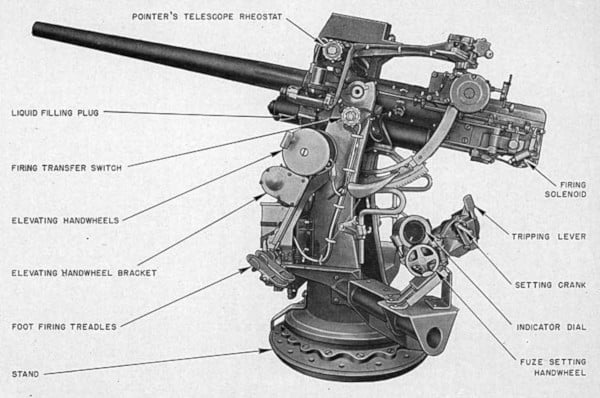
For three-inch diameter handwheels—the smallest size for both types—the required rim thickness was only 5/8”. For the largest straight handwheels (14”), those rims needed to be roughly 1 1/4” thick, and for the largest offset handwheels (26”) those rims could be just over 1 3/4” thick.
Similar examples can be found in the private sector. AUMA, a German manufacturer of handwheels and other valve actuators, offers handwheels in sizes from 5” to 31 1/2”. The rim thickness of those handwheels varies from just over 1/2” to just under 1 1/4”.
Proper grip size, sufficient length, and durable materials can make moving stubborn handwheels much easier
With just a quick measurement or two, it’s easy to choose a valve wheel wrench with a secure grip. And although optimal wrench length is a bit more difficult to determine, a solid starting point is to simply choose a valve wrench that’s as long as possible but not so long that it can’t be used in the (sometimes confined) spaces where valves are located.
If you’re searching for a durable valve wheel wrench, take a look at QRFS’s selection from Gearench, an American manufacturer with more than 90 years on the market. Their PETOL™ 100 Series valve wheel wrenches are made from lightweight aluminum and include a hook and base pad designed to prevent slippage.
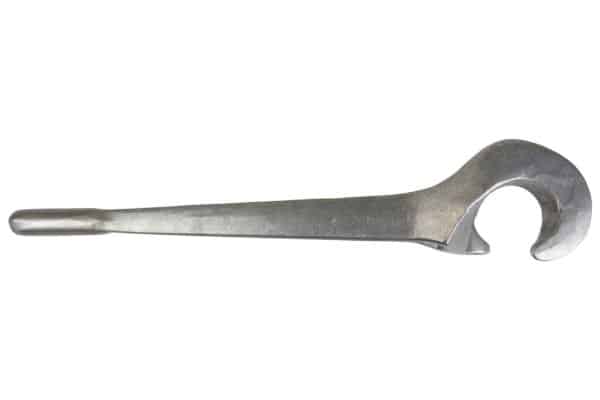
QRFS stocks PETOL valve wheel wrenches in three sizes:
Questions? Need a wrench in a different length or for a different rim size? Call us at +1 (888) 361-6662 or email support@qrfs.com.
This blog was originally posted at blog.qrfs.com. If this article helped you find a solution, check us out at Facebook.com/QuickResponseFireSupply or on Twitter @QuickResponseFS.



